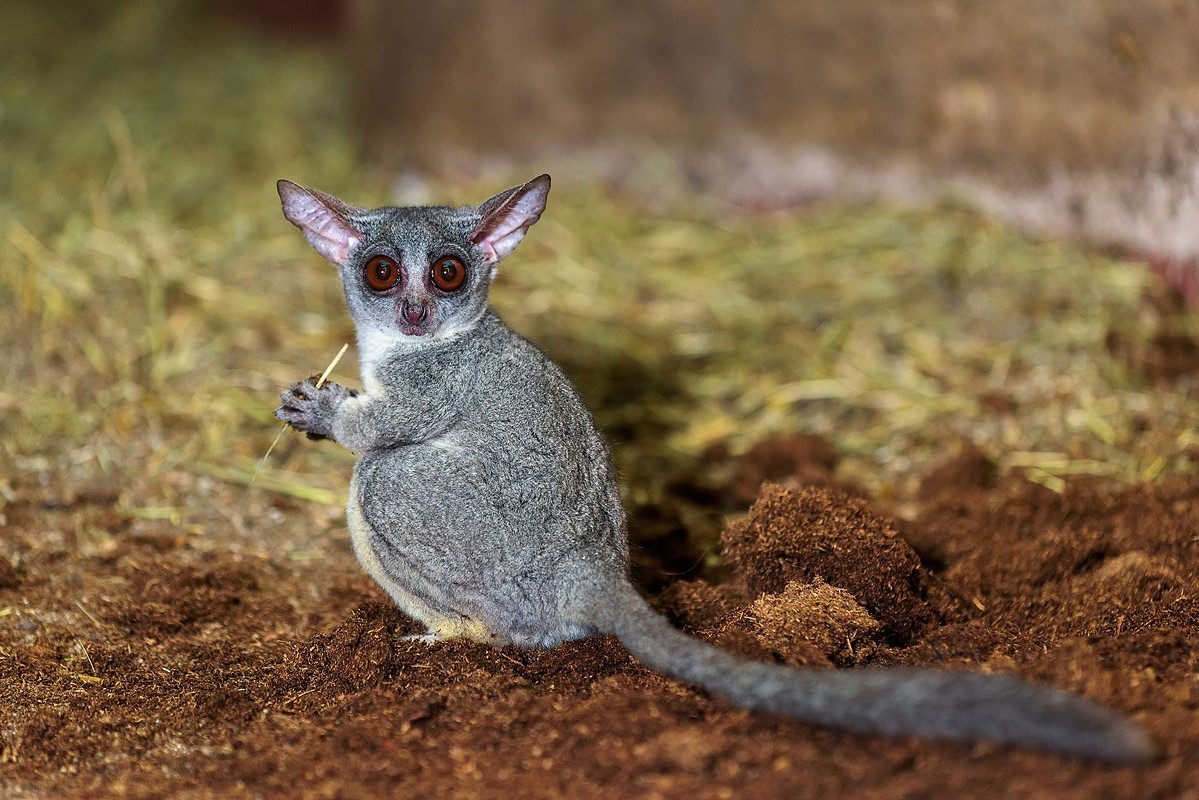Exploring the Enigmatic World of Bushbabies in Uganda: Primates of the Night
Bushbabies in Uganda. Often referred to as the “Pearl of Africa,” Uganda is not only known for its diverse landscapes and rich cultural heritage but also for its remarkable biodiversity. Among the fascinating creatures that inhabit the lush forests and savannas of Uganda are the enigmatic bushbabies. These small, nocturnal primates, also known as galagos, play a vital role in the country’s ecosystems, yet they remain relatively elusive to many.
Species Diversity: – Bushbabies in Uganda
Uganda is home to several species of bushbabies, with the most common being the Lesser Bushbaby (Galago senegalensis) and the Thick-tailed Bushbaby (Otolemur crassicaudatus). These primates exhibit unique characteristics, including large eyes adapted for night vision, distinctive calls, and remarkable agility in the treetops.
Habitat and Distribution:
Bushbabies are primarily found in Uganda’s dense forests, woodlands, and savannas. They are well-adapted to arboreal life, using their long tails for balance as they navigate through the trees. Some of the key habitats where bushbabies can be observed include Bwindi Impenetrable Forest, Kibale National Park, and Murchison Falls National Park.
Behavior and Nocturnal Lifestyle:
Bushbabies are renowned for their nocturnal behavior, spending their days resting in tree hollows or dense vegetation. As night falls, these primates become active, leaping from branch to branch in search of insects, fruits, and tree gum. The elusive nature of bushbabies adds to the challenge of observing their behavior in the wild, making nighttime guided tours an exciting adventure for wildlife enthusiasts.
Social Structure: – Bushbabies in Uganda
Bushbabies typically exhibit a solitary lifestyle, with the exception of the Thick-tailed Bushbaby, which may form small family groups. Their social structure and communication involve a range of vocalizations, from high-pitched calls to clicking sounds. Understanding these vocalizations is crucial for researchers studying their behavior and ecology.
Conservation Challenges:
Despite their intriguing nature, bushbabies face various threats in Uganda, including habitat loss due to deforestation and agricultural expansion. Bushbabies, they are sometimes captured for the illegal pet trade, posing a threat to their populations. Conservation efforts are underway to protect their habitats and raise awareness about the importance of preserving these unique primates.
Research and Conservation Initiatives:
Researchers and conservationists are actively engaged in studying bushbabies in Uganda. Ongoing research focuses on their ecology, behavior, and genetic diversity. Conservation initiatives involve community education, habitat restoration, and sustainable ecotourism practices to ensure the long-term survival of these primates.
Ecotourism Opportunities:
Uganda’s commitment to sustainable tourism provides opportunities for eco-conscious travelers to observe bushbabies in their natural habitat. Guided night walks in national parks and reserves offer a chance to witness these elusive creatures, contributing to both conservation efforts and local community development.
Remarks: – Bushbabies in Uganda
As the sun sets over the diverse landscapes of Uganda, the mysterious world of bushbabies comes to life. These nocturnal primates, with their unique behaviors and adaptations, play a vital role in maintaining the ecological balance of their habitats. Conservation efforts, combined with responsible tourism practices, are essential to ensure the continued survival of these captivating creatures in the wild, allowing future generations to marvel at the beauty of Uganda’s natural heritage.








